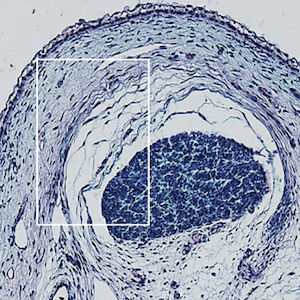Case Reports
Vol. 76 No. 2 (2024)
The heterogeneity of lung involvement in vacuoles, E1 enzyme, X-linked, autoinflammatory, somatic syndrome: a case of hypersensitivity pneumonitis-like pattern
Publisher's note
All claims expressed in this article are solely those of the authors and do not necessarily represent those of their affiliated organizations, or those of the publisher, the editors and the reviewers. Any product that may be evaluated in this article or claim that may be made by its manufacturer is not guaranteed or endorsed by the publisher.
All claims expressed in this article are solely those of the authors and do not necessarily represent those of their affiliated organizations, or those of the publisher, the editors and the reviewers. Any product that may be evaluated in this article or claim that may be made by its manufacturer is not guaranteed or endorsed by the publisher.
Published: 24 June 2024
1472
Views
620
Downloads











